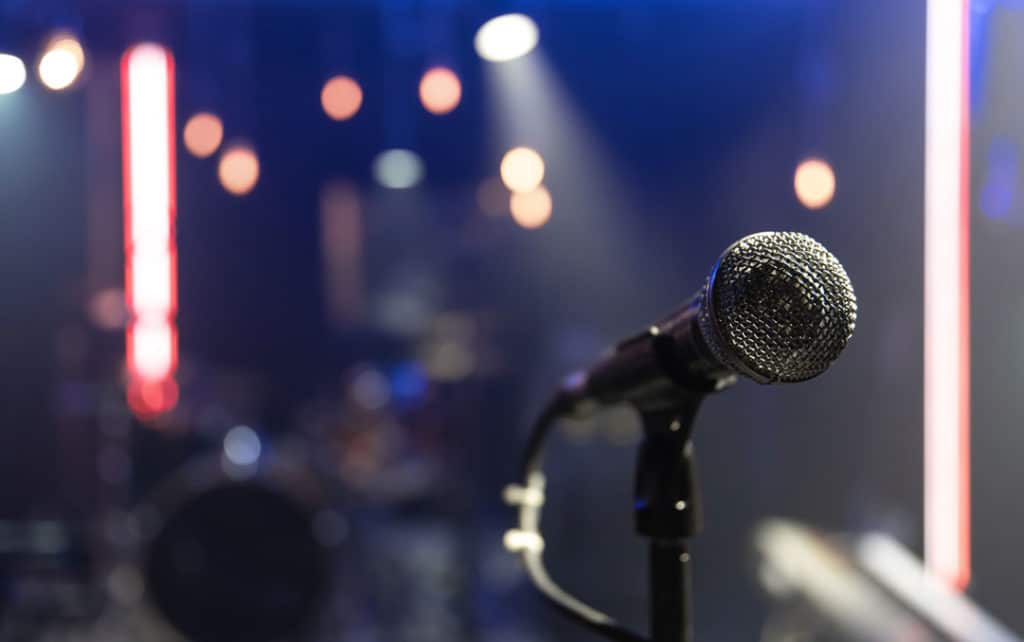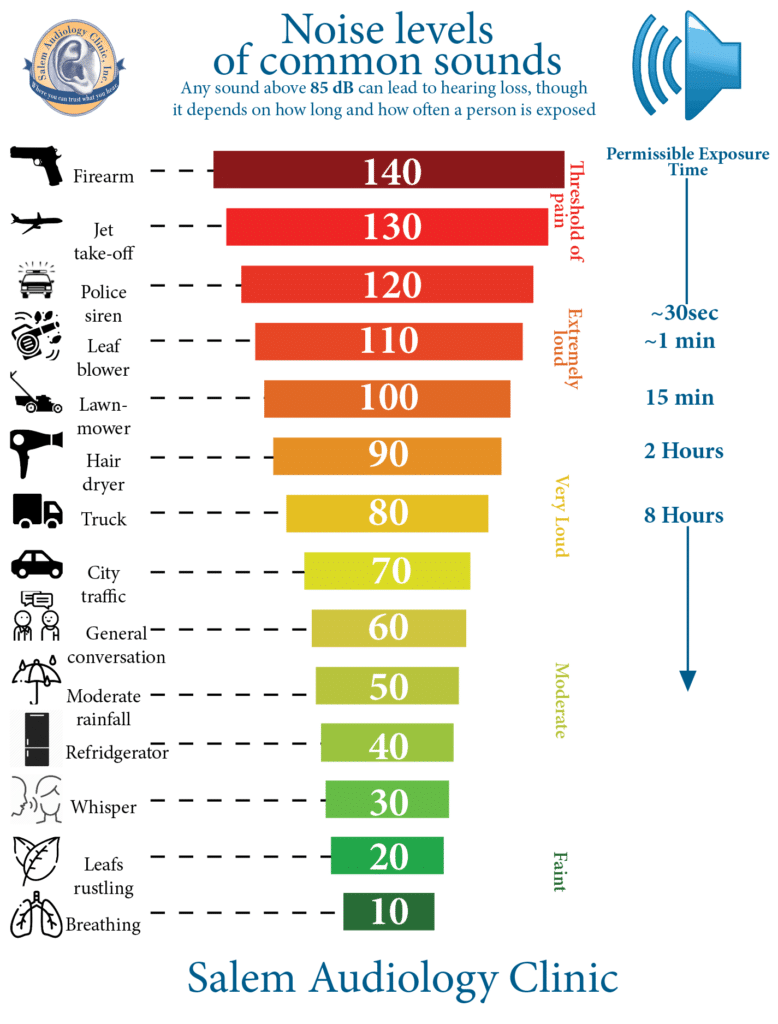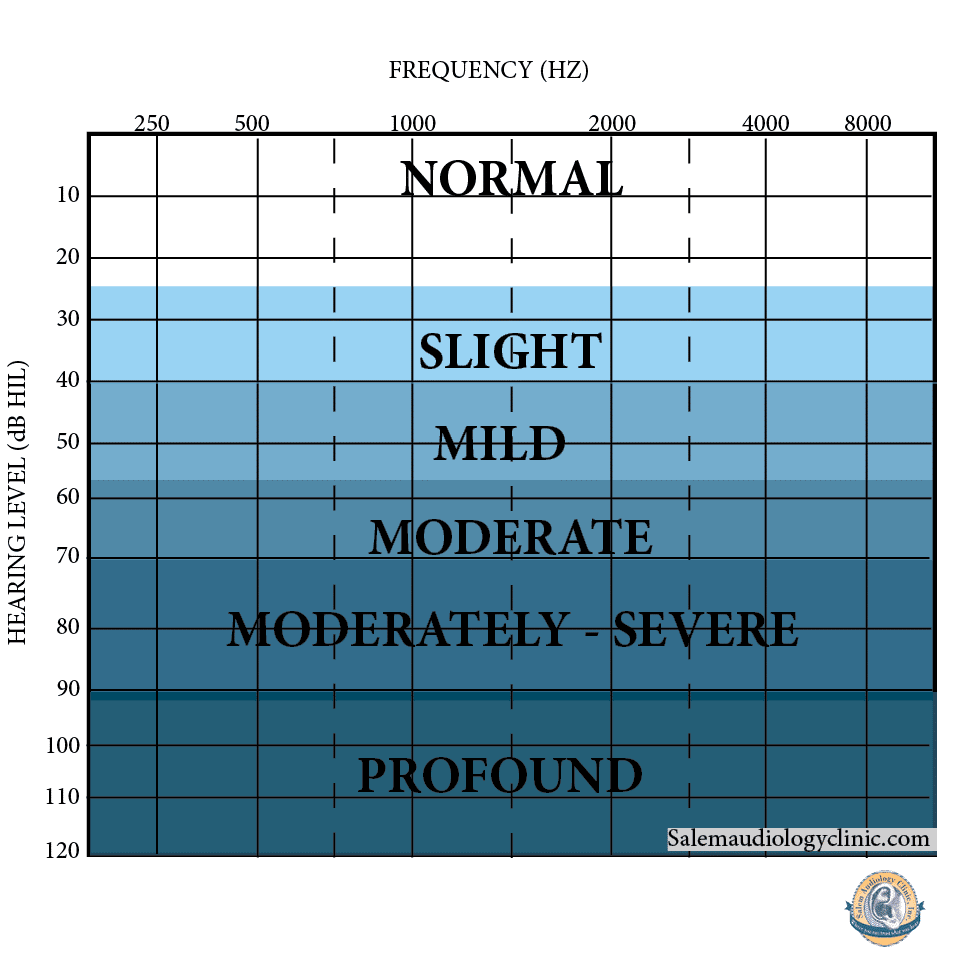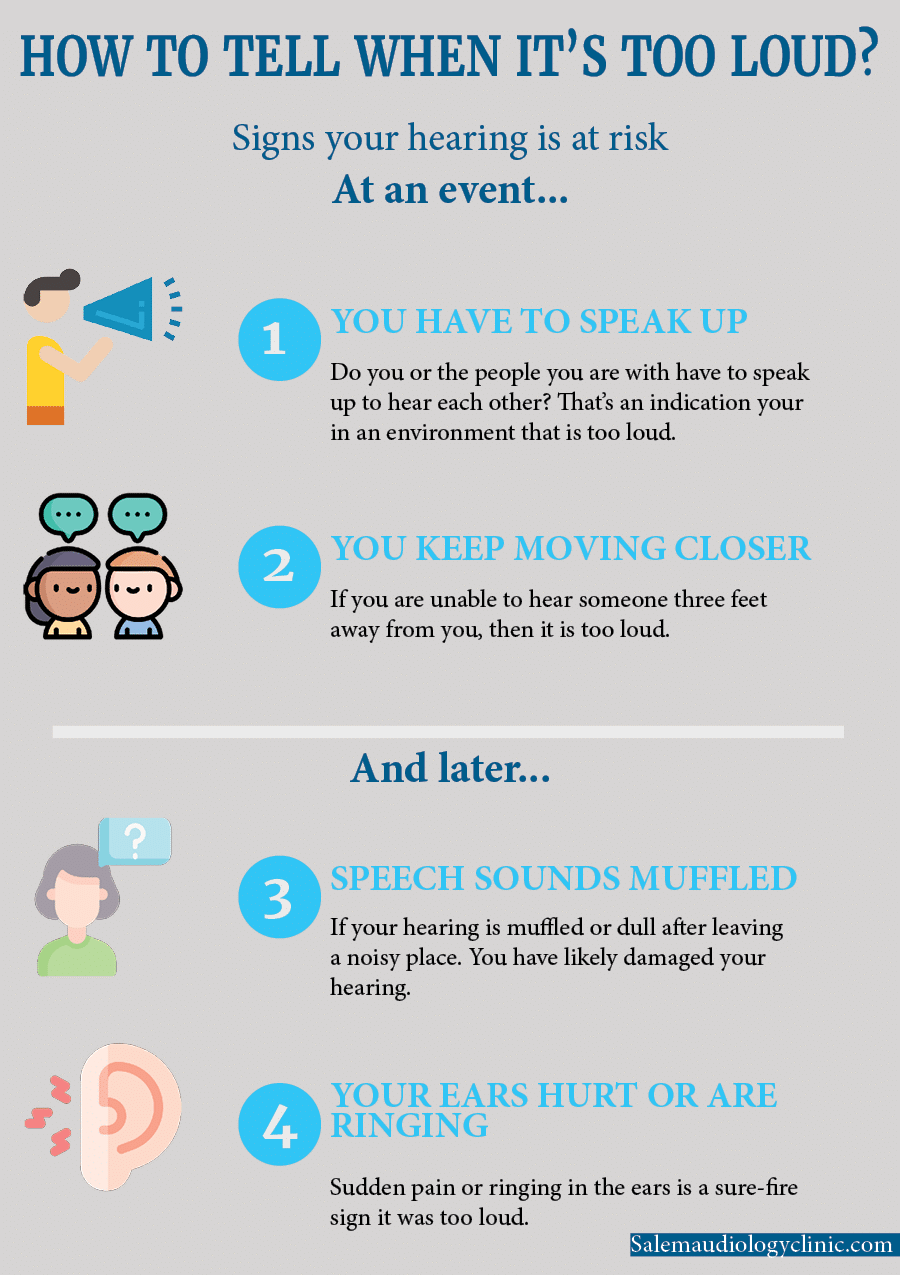
Every day we hear a myriad of sounds. From the soft rustling of the newspaper changing from page to page to the siren of a firetruck as it passes through the intersection. How is the intensity of each sound we hear measured? The answer, the decibel. A decibel is a logarithmic scale describing the degree of loudness for a sound.
Sound is energy that travels in waves. There are two ways these waves can be measured: frequency and amplitude.
Frequency, registered in Hertz (Hz), measures the number of times per second that a sound pressure wave repeated itself. Higher frequency sounds create more oscillations or waves per second than lower frequency sounds. Many adults develop “high-frequency hearing loss,” making it more challenging to hear higher-pitched sounds such as a child’s voice.
Amplitude, reported on the decibel (dB) scale, measures forcefulness pressure within a given sound. The higher the amplitude, the louder that sound is. We generally think of this as the volume of a sound.
Exponential Increase
Decibels are measured logarithmically. This is a way of measuring something that is rapidly or exponentially increasing. For example, for every 10dB increase on the dB scale, it equals a ten times increase in sound pressure level (SPL). Near silent is defined as 0 dB but a sound gauged at 10 dB is ten times louder. If a sound is 20 dB, that pushes it 100 times louder than near silent.
Common sounds decibel levels
Unless you are a hearing professional, being told that a particular sound is at a specific decibel level won’t hold much weight. So, we put together a chart to better understand how everyday sounds measure on the decibel scale.
You can see, firearms are substantially louder than city traffic, and an increase of 65 dB is exponentially much louder. This is a significant reason that guns are considered harmful to your hearing. Hearing protection should be used at all times when handling them, so you do not develop shooter’s ear.*Note – Sound ratios are not to scale.

- Typical conversation – 60 dB
- Heavy city traffic – 85 dB
- Lawnmower – 90 dB
- Audio headset player at maximum volume – 105 dB
- Emergency vehicle Sirens – 120 dB
- Concerts – 120 dB
- Sporting events – 105 to 130 dB (Stadium dependent)
- Fireworks – 140 to 160 dB
- Firearms – 150 dB and higher
How is hearing loss in decibels measured?

To make it easy, the degree of hearing loss is measured two ways — how loud something needs to be before you can hear it and what frequencies are more difficult for you to hear (such as higher-pitched women’s voices compared to men). For example, a person with mild hearing loss might not be able to hear rustling leaves and water drip (~10dB) like someone with normal hearing would.
As we age, it is common to obtain hearing loss in higher frequency sounds. However, hearing loss is complex and distinctive to each person and changes over time. There are many combinations of frequency and decibel loss, all of which can be plotted on an audiogram, a visual representation of a person’s degree of hearing loss.
Even slight hearing loss is associated with cognitive decline, and it’s important to note that all hearing loss should be treated with hearing aids or additional actions, regardless of age.
Noise-induced hearing loss (NIHL) and decibels
Whether it’s a single exposure to a loud explosion or daily exposure to a boisterous work environment or hobby, your hearing sufferers the repercussions; it is known as noise-induced hearing loss (NIHL) when this happens.
Regardless of age, noise-induced hearing loss can affect anyone exposed to loud sounds over a long period and even affects those exposed to loud noise in a short period if the sound levels are dangerously loud, such as a gunshot or explosion. The more frequently you’re around loud noises, the higher your risk for developing hearing loss.
When is it too loud?
With today’s technology, many devices and apps can alert you when decibel levels are too loud. Apple’s smartwatch will notify you when decibel levels reach above 80db over a specific period; you can also download a smartphone sound meeter app to check levels if you are unsure how noisy your environment is.
You can also follow the general 4-step rule for knowing when your surrounding is too loud.

Make sure that you work with a hearing care professional to determine what the proper hearing protection for the specific type of activity you plan to participate in or attend is. Having (and wearing) adequate protection for your ears allows you to enjoy what your doing without the potential of long-term damage to your ears.
Hearing aids need to be mindful, too, as hearing aids amplify the sounds around you and can make what hearing you do have left susceptible to further damage.
Contact Salem Audiology Clinic today and speak with one of our highly trained Audiologists on how you can protect your hearing.
